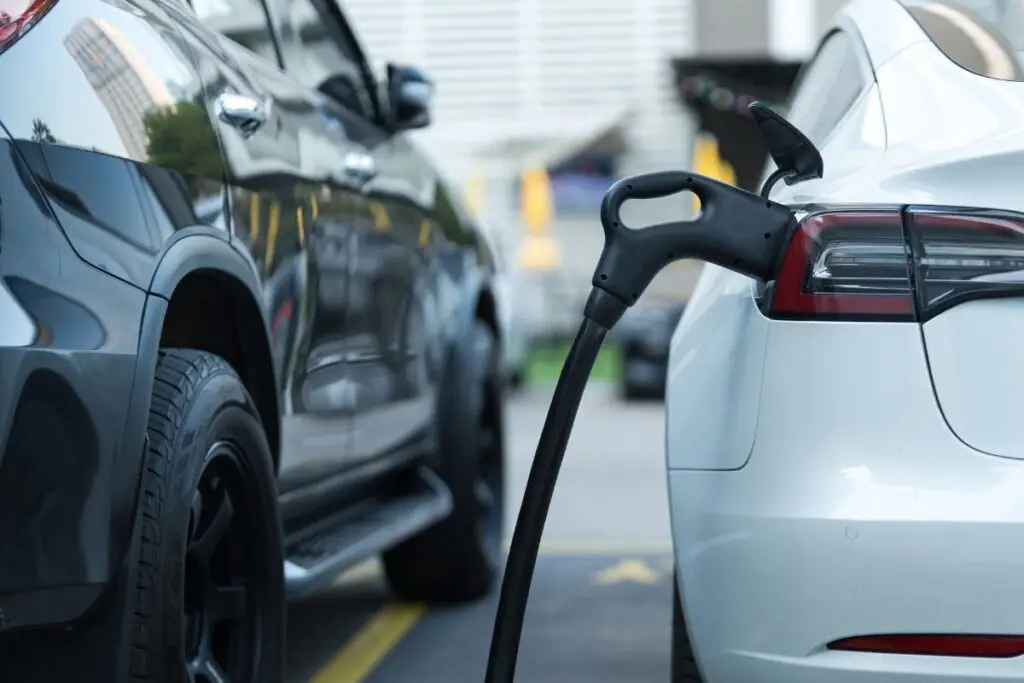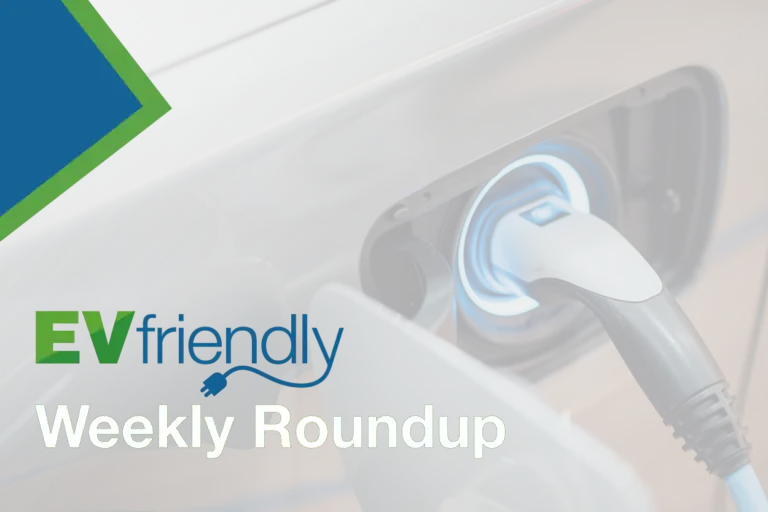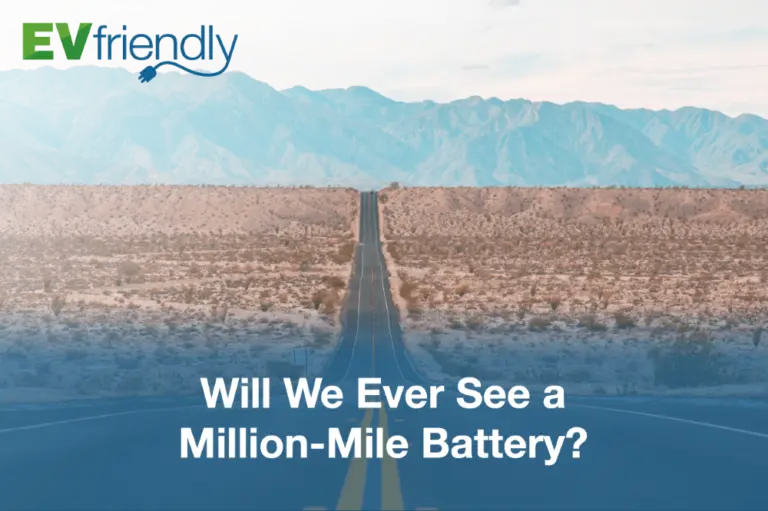The Electric Vehicle Availability Standard introduces a credit system for automakers to guide them in achieving the mandatory target of 100% zero-emission vehicle sales by 2035.
On December 20, 2023, Canada took a significant step toward a greener future with Environment Minister Steven Guilbeault announcing The Electric Vehicle Availability Standard. The new regulations aim to accelerate the adoption of electric vehicles (EVs) by compelling automakers to gradually increase the proportion of electric models they offer for sale each year, with a goal to phase out new internal combustion engine vehicle sales by 2035.
The ambitious plan stipulates that automakers must reach sales of 20% electric vehicle models by 2026, escalating to 60% by 2030 and then 100% by 2035. Those falling short of these targets will face financial penalties but can offset them by purchasing credits from other manufacturers (e.g. Tesla) or investing in the charging infrastructure. While this marks a groundbreaking move towards a more sustainable transportation sector, critics argue that Canada lacks the necessary charging infrastructure to support these targets.
Brian Kingston, CEO of the Canadian Vehicle Manufacturers’ Association, voices concern about the insufficiency of public charging stations, stating, “We need significantly more public charging and multi-unit residential charging across this country if we’re going to get to 100% electrification in 2035.”
According to Natural Resources Canada, the nation needs between 442,000 and 469,000 public charging ports by 2035. As of December 1, 2023, there are only 10,425 charging stations and 25,246 charging ports, raising questions about the feasibility of the government’s timeline.
Critics have argued that it is not the responsibility of the manufacturer of a product to also supply the means to power it. They argue it is the responsibility of the federal government, which has imposed these regulations onto the consumer, to provide necessary support. Others argue that while the government has a role to play it should be the industry that takes the lead in this.
Historically, building infrastructure has been a gradual process. For instance, it took over 40 years to establish enough gas stations and roads for widespread automobile use in Canada. Traditionally, gas stations were operated by independent service stations that sold oil and gas company products to motorists at a profit. Following this model’s logic, one might argue that energy providers, such as BC Hydro, should sell energy to public retailers who, in turn, provide convenience charging stations. (See our video featuring the transition to the automobile.)
However, this model seems unlikely due to the expense of land and the inconvenience of long recharging times. Apologists and enthusiasts try to argue that while there needs to be some infrastructure available for when people take longer road trips most people will simply charge at home. But this is really an oversimplification of the problem.
The future solution may lie in the democratization of energy, a departure from the corporatization model of the past. Without a centralized infrastructure, many will have to resort to home charging or find other alternatives. This works great for those who own a home with a garage but excludes those who do not. Efforts to install charging stations in new developments are underway, but low to moderate-income Canadians who dwell in older apartments or who park on the street may be left behind.
Carbon offset incentives, like British Columbia’s Greenhouse Gas Reduction Act, are encouraging investment in building a charging infrastructure. Apartment complexes, businesses, local malls, and even individual homeowners are all contributing by installing charging systems that can be made open to the public given the right incentives, thus helping expand the current infrastructure. (See our podcast episode titled “Carbon Offset and Carbon Credits Explained”).
The future promises a shift toward alternative energy, and while federal mandates may not be achieved on schedule, change is inevitable. Still, many questions linger: Will there simply be fewer vehicle owners in the future? Will there be enough charging stations and infrastructure to satisfy the demand?
The path to net zero and achieving the federal zero-emission vehicle (ZEV) mandates will be challenging, with some benefiting more than others. Still, as we navigate this journey, we can assuage the burden by striving for a more inclusive society where the many, not just the few, can thrive on the road to a sustainable future.






